
Indirect healthcare costs burden cancer patients in APAC: study
These costs are linked to transport, facilities and goods.
With the healthcare spending rise due to inflation, patients in the APAC are also having difficulties in paying for indirect healthcare costs, which are composed of transport to facilities.
A study commissioned by APAC Women’s Coalition and backed by pharma firm, Roche, showed that indirect treatment costs can be sometimes a higher economic burden than direct treatment costs for cancer.
For example, a regional cancer centre in southern India found that the average direct medical expenditure for patients with breast cancer was INR 866 (US$11) compared to indirect costs—comprising transport, food and accommodation—of INR 24,547 (US$300).
“Higher spend on indirect costs is likely because the availability of advanced cancer treatments is often restricted to secondary and tertiary centres in cities and large towns, meaning patients from rural areas must travel long distances, paying extra for food and accommodation and requiring extended time off work,” read the study.
In India, a majority (96%) of OOP spending (on all cancers) goes towards non-medical indirect costs.
Investment and funding issues
The study also emphasised the need for focusing on prevention and early diagnosis to cut the rise in the economic impact of advanced cancer stages.
“The report highlights discrepancies in the region concerning national readiness to tackle women’s cancers. The development of the Women’s Cancer Coalition provides an opportunity to trial various approaches towards prevention and control that can inform both national and regional cancer control strategies,” said Dr Heather White, Executive Director, TogetHER for Health, a founding member of the APAC WCC.
Investments in interventions for cervical cancer elimination targets could yield a return of over three times the initial investment.
More affordable treatment
For cervical cancer prevention, the study suggested that HPV vaccination and screening are affordable strategies, with the potential to prevent millions of cases, deaths, and disability-adjusted life years.
Mammography screening will also cut costs in breast cancer screening for women aged 50 to 59, with the potential for organized national programs in Asia.
The study was launched during the event titled, “Empower Her: Advancing Women’s Cancer Care in Asia Pacific,” which invited experts to talk about the lack of awareness, funding, and the low priority for women’s cancers in public health programmes.
One of the speakers, Dr Somesh Kumar, Country Director, of Jhpiego India & Senior Director of Technical Leadership and Innovations, said, “Women’s cancer is a multi-dimensional challenge, both for health systems as well as for societies.”



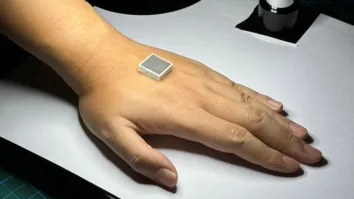



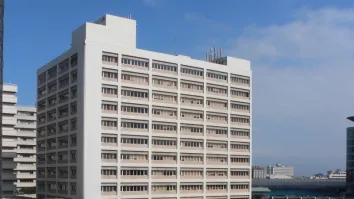



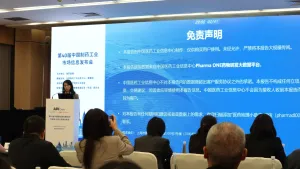
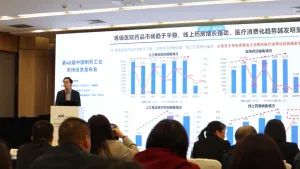
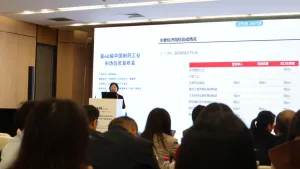


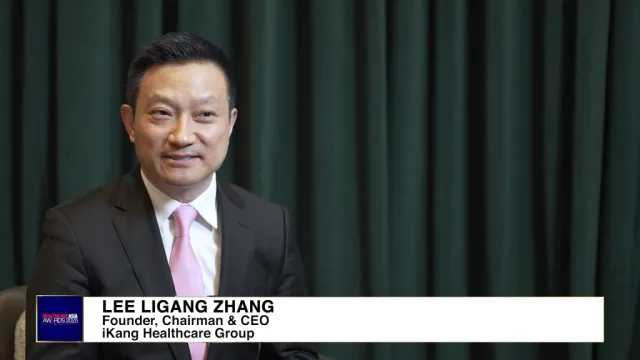


 Advertise
Advertise





